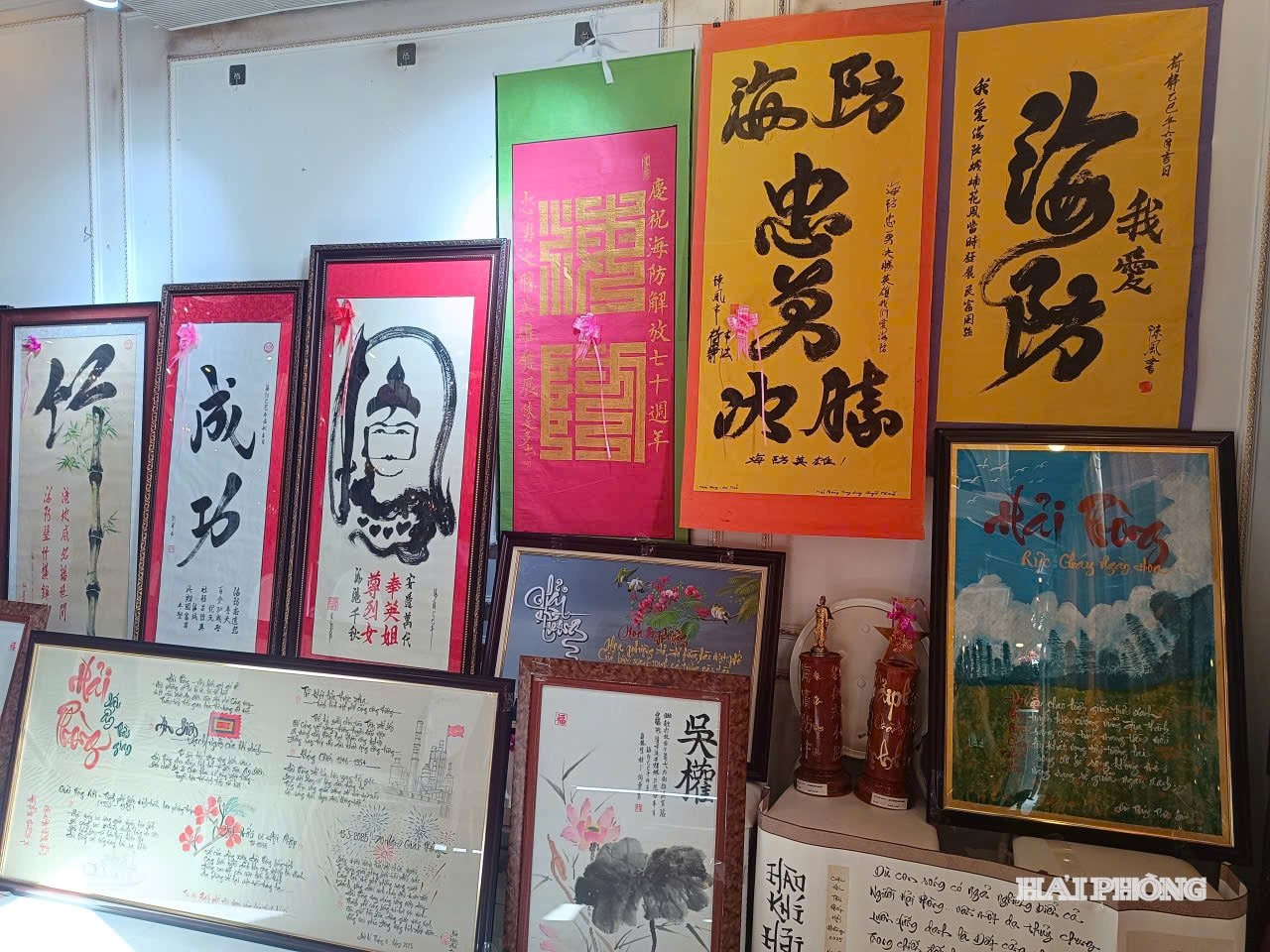
Handwriting - human soul
According to Mr. Dinh Xuan Binh, Vice Chairman of the Hai Dong Han Nom - Calligraphy Club, writing calligraphy brings many benefits both aesthetically and spiritually. “When concentrating on practicing calligraphy, the writer must calm down. Whether the writing has soul or not depends on that. The hieroglyphs themselves are beautiful, and through the use of the pen, they reveal the spirit and emotions of the writer,” Mr. Binh shared.
Calligraphy focuses on the principle of moving the brush, including three basic steps: starting the brush, moving the brush, and closing the brush. From these three movements, the writer creates lines that are sometimes bold, sometimes thin, sometimes strong, sometimes light. Many artists believe that they can “read” the author’s mood through each letter. It is this diverse transformation that makes calligraphy an art, not simply a skill of beautiful writing.
In the past, calligraphy was often associated with the elderly, with knowledge of Han - Nom. But now, more and more young people are turning to this subject. They see calligraphy as a way to practice concentration, reduce stress, and even as a creative hobby. In some schools and clubs, the calligraphy movement is maintained as an extracurricular activity, helping students practice patience and appreciate the value of words.
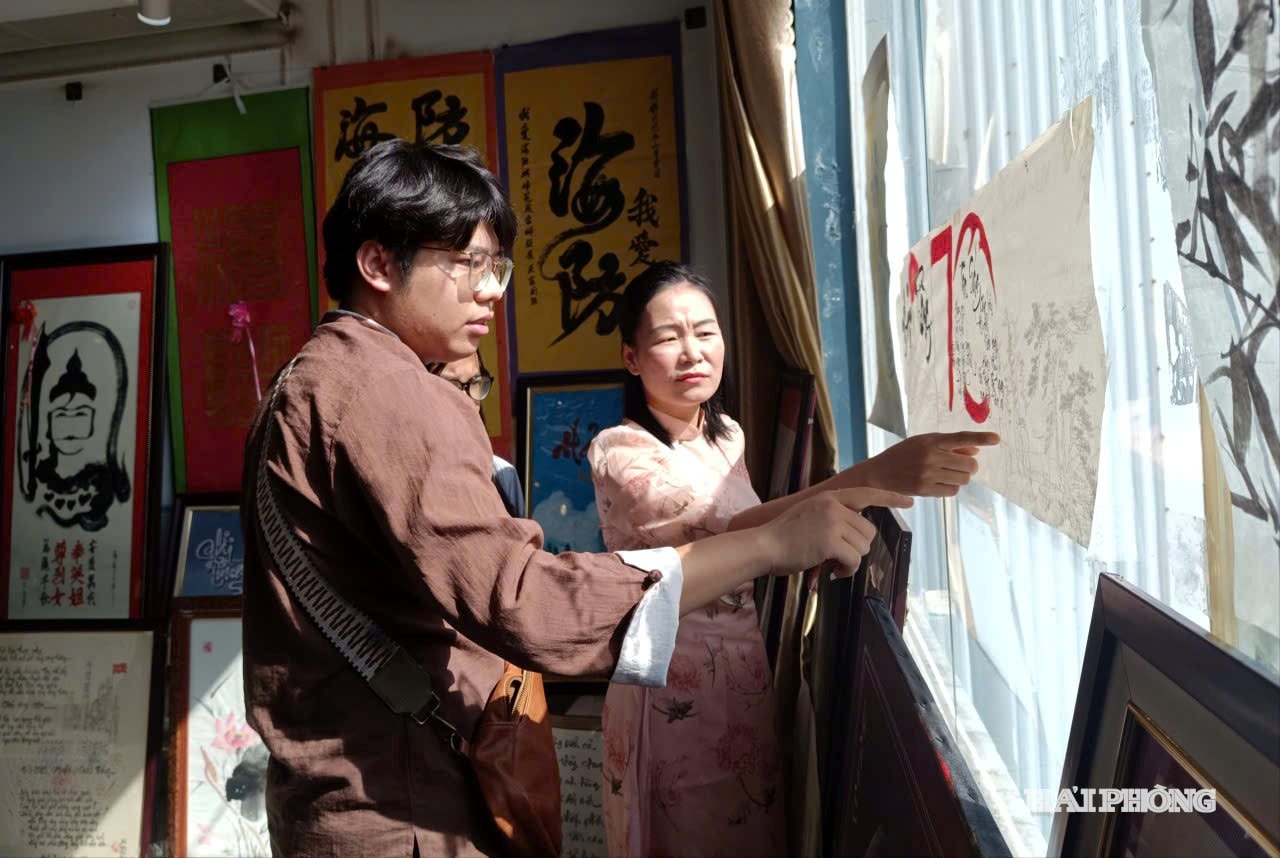
In traditional culture, calligraphy is present in many spaces and customs. The custom of writing in the spring, asking for and giving calligraphy, hanging red parallel sentences with the words "Phuc", "Loc", "Tho", "Tam", "Duc"... has become a familiar beauty every Tet holiday. In spiritual spaces, communal houses, pagodas, temples, and family shrines, horizontal lacquered boards and parallel sentences written in calligraphy create solemnity and convey moral messages and encourage learning.
Mr. Nguyen An Hung, Chairman of the City Craft Village Association, commented: “The parallel sentences are the distillation of the wisdom, culture, and morality of the Vietnamese people. Placed in a sacred space, the parallel sentences both remind and educate . Calligraphy is the art of making the words more vivid and valuable.” According to Mr. Hung, parallel sentences and calligraphy are always closely linked: the words contain thoughts, and calligraphy makes the form more attractive and harmonious.
New applications, new vitality
Vietnamese calligraphy was originally developed on the basis of Chinese characters and Nom characters. When the national script became the main writing system, many artists continued to innovate, introducing the Latin script into the art of calligraphy. This is considered an important step forward, bringing calligraphy closer to the masses, especially the youth.
.jpg)
Today, Vietnamese calligraphy is not only used to hang pictures in the house but also appears on many handicrafts and goods, especially during the Lunar New Year. Ms. Nguyen Thi Thanh Tam, owner of a flower and wedding service shop on Dao Nhuan Street (Le Chan Ward), shared: "Every Tet holiday, coconuts plated with calligraphy and watermelons engraved with calligraphy sell very well. Buyers like it because it is both beautiful and meaningful for worshiping ancestors."
These products show that calligraphy can adapt flexibly, following market needs while still maintaining traditional spiritual values.
In addition to the craft field, calligraphy is also applied in graphic design, fashion , architecture, and advertising. Many designers exploit calligraphy on ao dai, packaging, or logos, turning it into a unique highlight. Thanks to that, calligraphy is not only a cultural heritage but also a source of creative inspiration in modern industries.
Besides commercial applications, calligraphy still plays an important role in spiritual life. Recently, the Hai Phong Calligraphy, Parallel Sentences and Han-Nom Studies Center organized the Hai Phong City Calligraphy Competition. The event attracted many artists to participate, with the theme "Hai Phong City of Courage - Determined to Win".
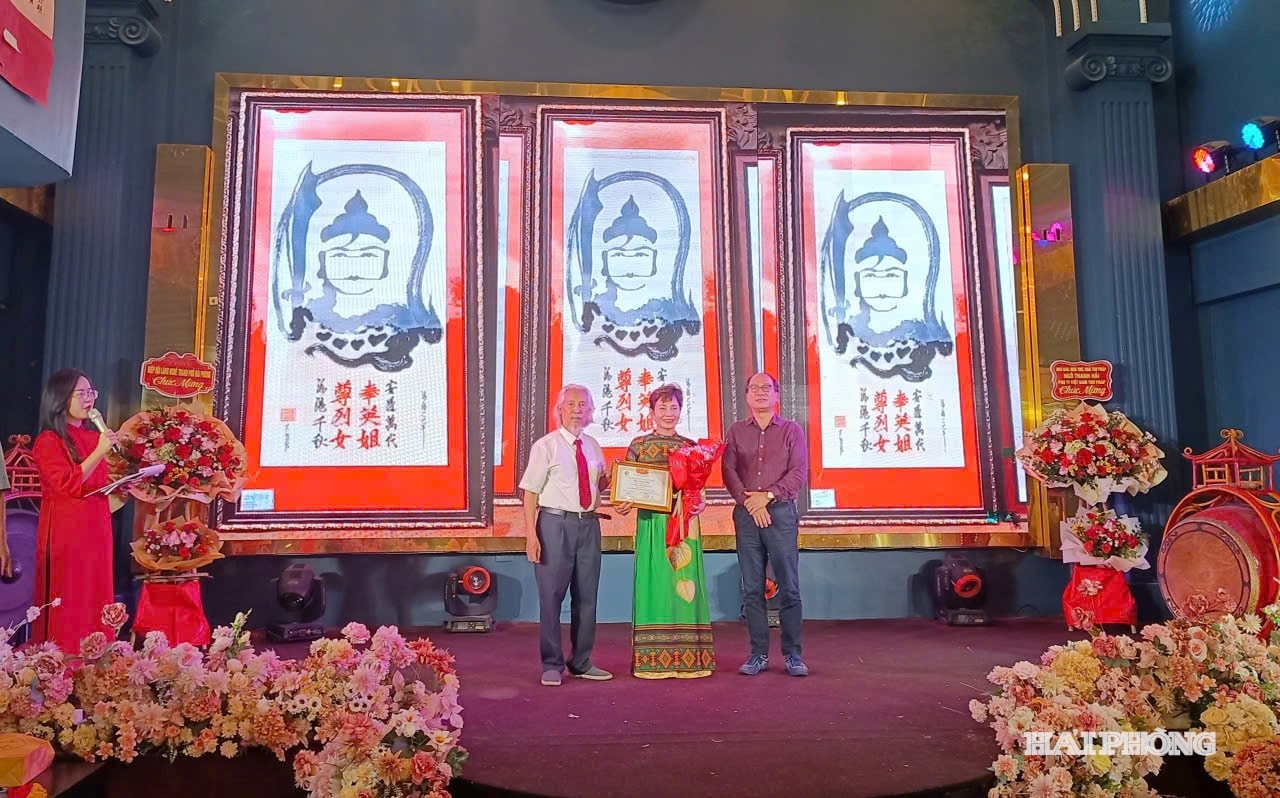
In the contest, author Ngo Thu An won first prize with her work in Chinese calligraphy using Nhan Dien Thu, depicting the image of the female general An Bien - a historical symbol of Hai Phong. Second prize went to author Luu Van Thuan with her work in Chinese calligraphy.
The participating works all adhere to the beauty of traditional calligraphy, while expressing love for the homeland, national pride and a desire for innovation.
According to the organizers, the competition is not only an opportunity for artistic exchange but also contributes to bringing calligraphy closer to the public, especially the young generation. Through that, calligraphy is seen not as an "old story", but as an art stream that still has value in modern life.
In fact, calligraphy has both preserved the traditional essence and adapted to modern needs. It not only beautifies the living space and honors the written word, but also trains patience, nurtures creativity and a spirit of kindness. The soulful strokes affirm that despite the changes of time, calligraphy still holds its place in the hearts of Vietnamese people.
HA LINHSource: https://baohaiphong.vn/giu-hon-xua-lan-toa-gia-tri-moi-qua-nghe-thuat-thu-phap-522103.html







![[Photo] Hanoi morning of October 1: Prolonged flooding, people wade to work](https://vphoto.vietnam.vn/thumb/1200x675/vietnam/resource/IMAGE/2025/10/1/189be28938e3493fa26b2938efa2059e)


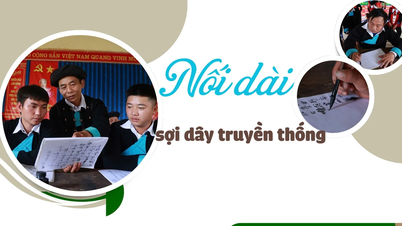


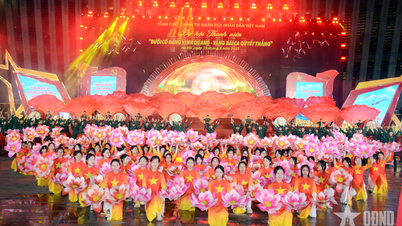



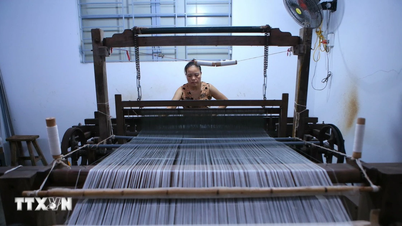

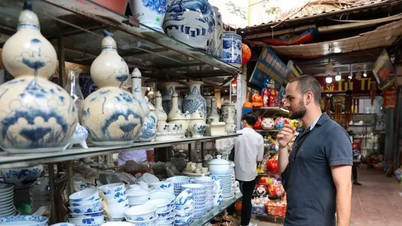



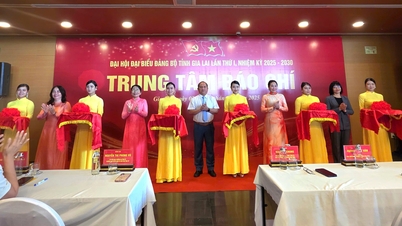




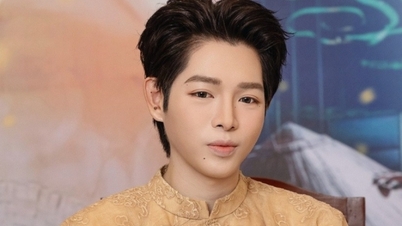





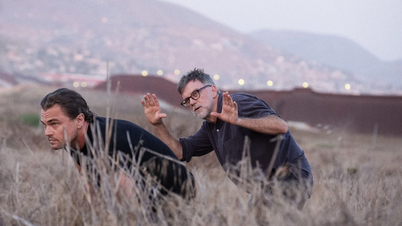


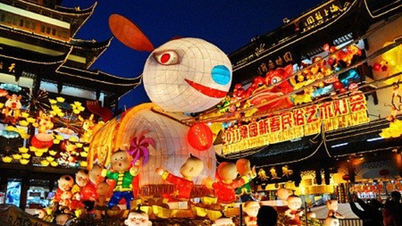

![[Photo] President Luong Cuong receives President of the Cuban National Assembly Esteban Lazo Hernandez](https://vphoto.vietnam.vn/thumb/1200x675/vietnam/resource/IMAGE/2025/9/30/4d38932911c24f6ea1936252bd5427fa)
![[Photo] Panorama of the cable-stayed bridge, the final bottleneck of the Ben Luc-Long Thanh expressway](https://vphoto.vietnam.vn/thumb/1200x675/vietnam/resource/IMAGE/2025/9/30/391fdf21025541d6b2f092e49a17243f)
![[Photo] The 1st Congress of Phu Tho Provincial Party Committee, term 2025-2030](https://vphoto.vietnam.vn/thumb/1200x675/vietnam/resource/IMAGE/2025/9/30/1507da06216649bba8a1ce6251816820)







































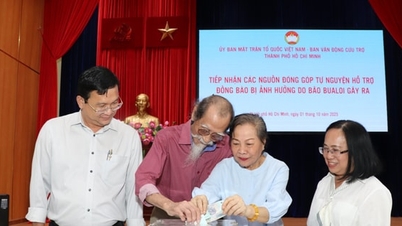


















Comment (0)